MSU scientists discover new sources for ‘the molecule that made the universe’
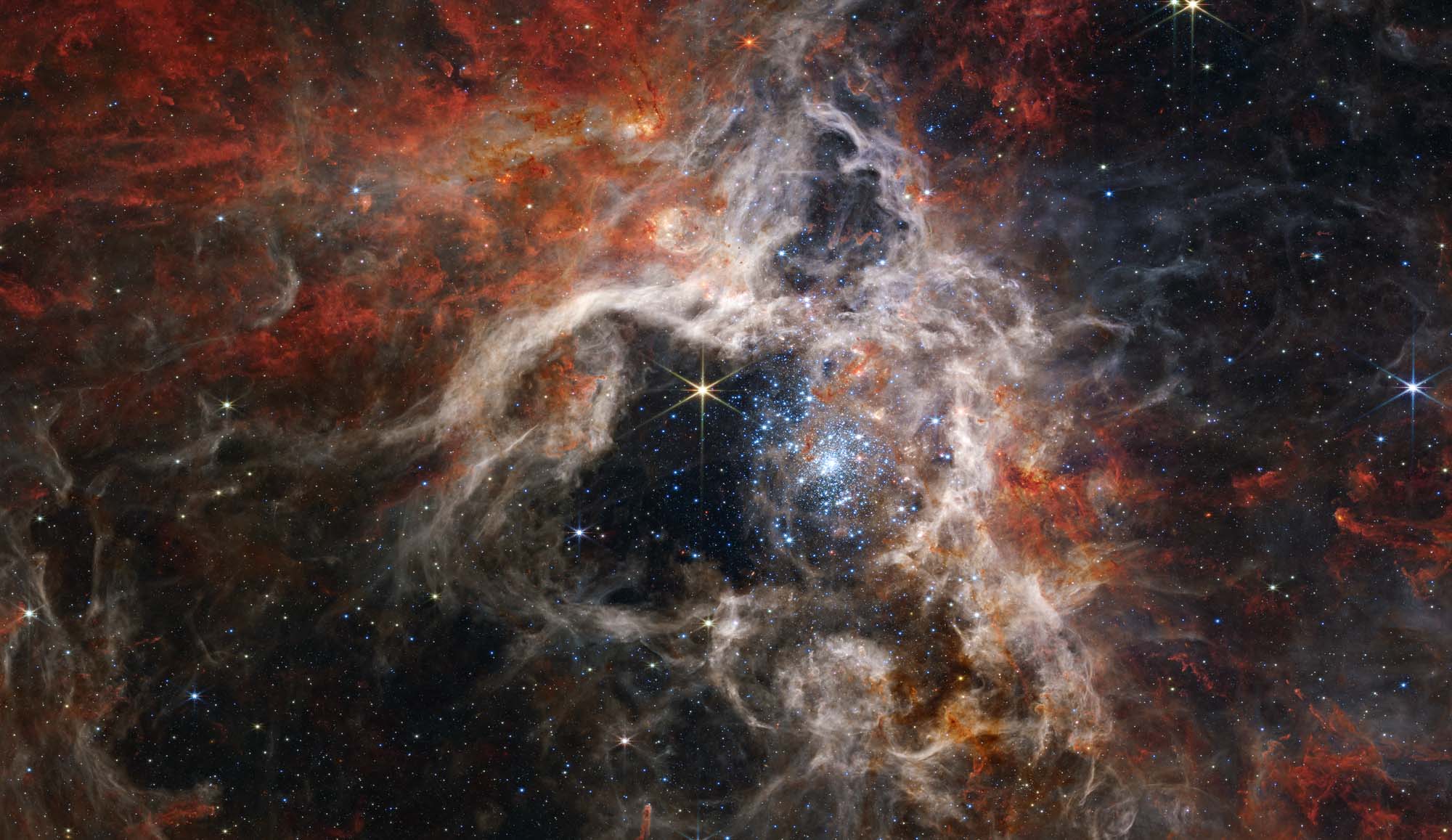
news, journals and articles from all over the world.

MSU scientists discover new sources for ‘the molecule that made the universe’
The invention of a microscopic spectral sensor that can identify myriad materials with unprecedented accuracy is set to overhaul our approach to healthcare, food safety and more.
Irvine, Calif., Dec. 5, 2024 — Scientists at the University of California, Irvine have uncovered the atomic-scale mechanics that enhance superconductivity in an iron-based material, a finding published recently in Nature. Using advanced spectroscopy instruments housed in the UC Irvine Materials Research Institute, the researchers were able to image atom vibrations and thereby observe new phonons –quasiparticles that carry thermal energy –at the interface of an iron selenide (FeSe) ultrathin film layered on a strontium titanate (STO) substrate.
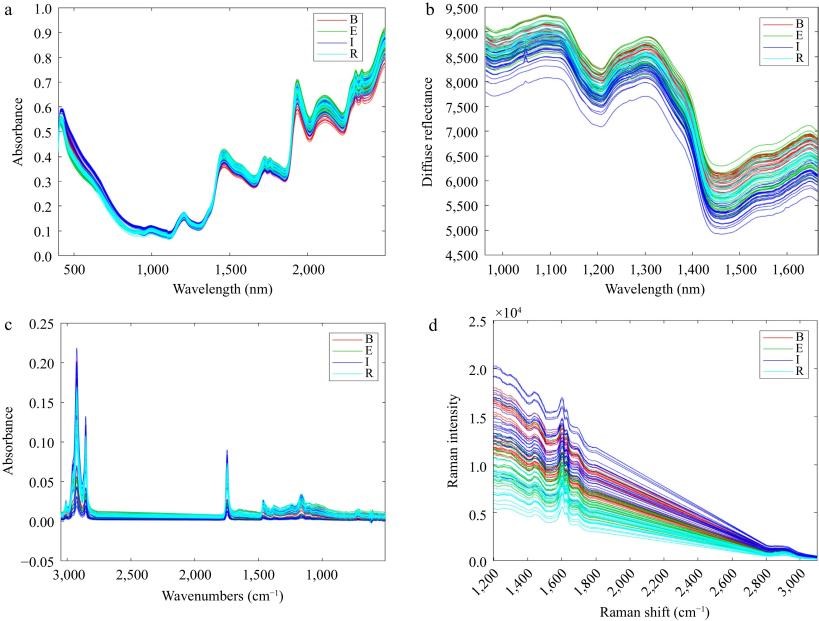
A research team has unveiled findings that enhance the classification of coffee origin through vibrational spectroscopy, a green, cost-effective, and rapid analytical method.
A Florida State University chemist will use a three-year, $1.185 million grant from the U.S. Department of Energy to study platinum group elements, or PGEs, at the molecular level in order to identify more affordable and abundant alternatives.
Researchers from Osaka University show that the improvements in signal strength during surface-enhanced fluorescence and Raman spectroscopy can extend even through a nanoscale protective layer. This research may lead to significant improvements in the sensitivity of biosensors and the development of novel point-of-care diagnostics.

In the agricultural and food industry, determining the chemical composition of raw materials is important for production efficiency, application, and price. Traditional laboratory testing is time-consuming, complicated, and expensive. New research from the University of Illinois Urbana-Champaign demonstrates that near-infrared (NIR) spectroscopy and machine learning can provide quick, accurate, and cost-effective product analysis.
Dr. Sukanya Chakrabarti at The University of Alabama in Huntsville (UAH) has won a $750,000 Established Program to Stimulate Competitive Research (EPSCoR) award to support STROBE-X, a planned $1 billion probe-class NASA observatory that aims to unlock the secrets of some of the most extreme conditions in the universe.

Scientists have developed a new method to generate and control terahertz radiation, a type of light useful for various applications. Their device employs magnetic multilayers with programmable magnetization to create different patterns of terahertz waves, including beams with specific twists and rotations.
At the 244th American Astronomical Society meeting, researchers presented groundbreaking findings on planet formation in circumstellar disks around young binary stars

Spectroscopy allows scientists to study the structure of atoms and molecules, including the energy levels of their electrons. This research examines the potential of spectroscopy techniques that rely on quantum entanglement of these photons. These methods can reveal information about molecules not possible with traditional spectroscopy. They also reduce the damage spectroscopy causes to samples.
Irvine, Calif., May 6, 2024 – A research team headed by chemists at the University of California, Irvine has discovered a previously unknown way in which light interacts with matter, a finding that could lead to improved solar power systems, light-emitting diodes, semiconductor lasers and other technological advancements.
An innovative probe which can operate in temperatures as high as molten lava has been invented by researchers.
Irvine, Calif., Jan. 4, 2023 – A new visualization technology that captures spectral images of materials in the mid-infrared part of the electromagnetic spectrum has been developed by scientists at the University of California, Irvine. The discovery, which was recently featured on the cover of the journal Science Advances, promises to help researchers and industries across many fields, including medical and tech, quickly visualize the chemical composition of various materials or tissues.
New research sheds light on how the “hell planet” got so devilishly hot and how other worlds might become too toasty for life.
A Quantum Science Center-supported team has captured the first-ever appearance of a previously undetectable quantum excitation known as the axial Higgs mode.
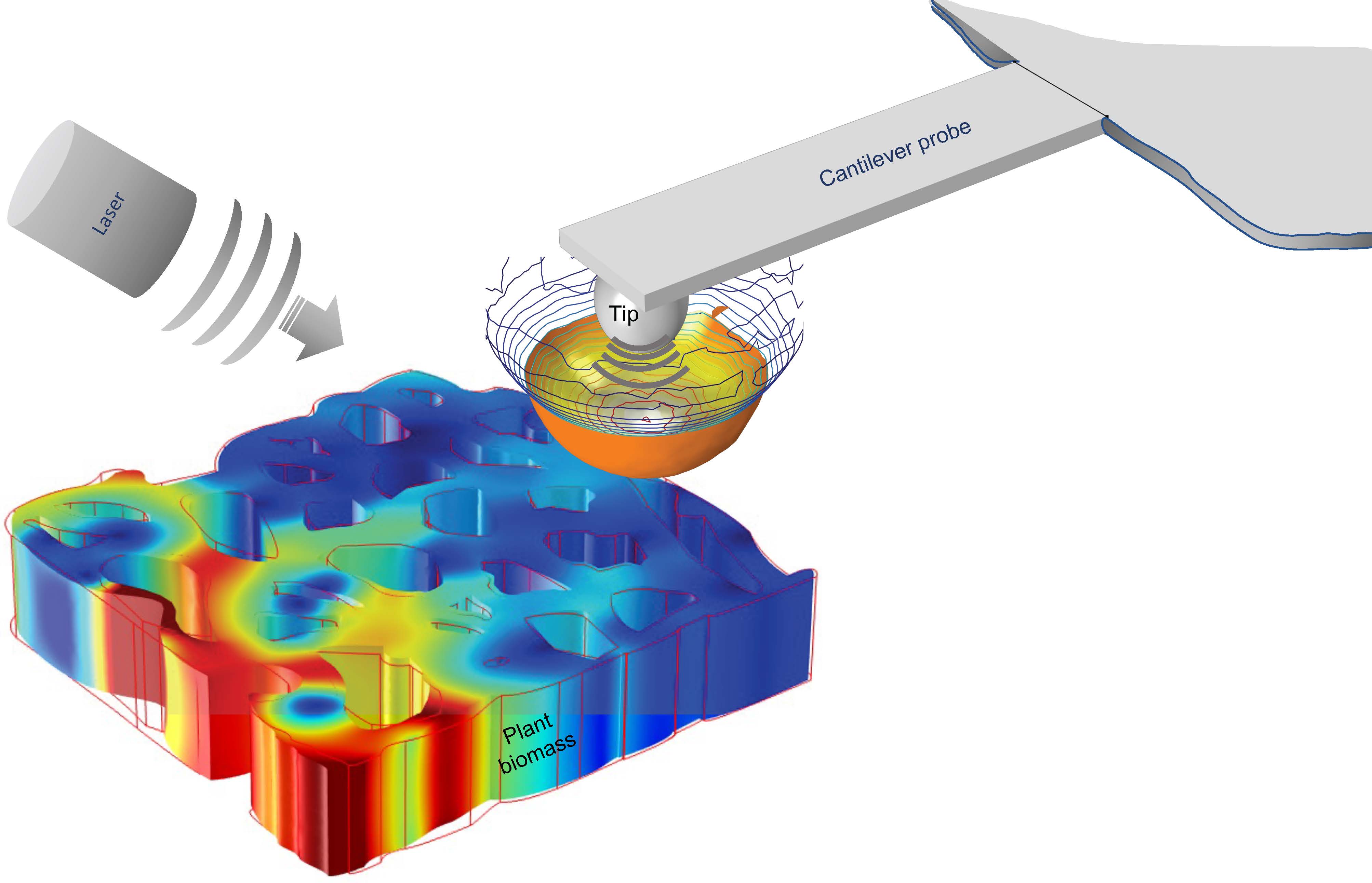
To optimize biomaterials for reliable, cost-effective paper production, building construction, and biofuel development, researchers often study the structure of plant cells using techniques such as freezing plant samples or placing them in a vacuum. These methods provide valuable data but often cause permanent damage to the samples.
Oak Ridge National Laboratory researchers used the nation’s fastest supercomputer to map the molecular vibrations of an important but little-studied uranium compound produced during the nuclear fuel cycle for results that could lead to a cleaner, safer world.

Wrapping up the HKIAS Distinguished Lecture Series on Electronics and Photonics was Professor Chi Hou Chan, the Chair Professor of the Department of Electrical Engineering (EE) at the City University of Hong Kong (CityU).
In a study published in Nature Communications, an international team led by Aalto University researchers has found that fibrous red phosphorous, when electrons are confined in its one-dimensional sub-units, can show large optical responses – that is, the material shows strong photoluminescence under light irradiation. Red phosphorous, like graphene, belongs to a unique group of materials discovered in 2017 called one-dimensional van der Waals (1D vdW) materials.
In a study published in Nature Communications, an international team led by Aalto University researchers has found that fibrous red phosphorous, when electrons are confined in its one-dimensional sub-units, can show large optical responses – that is, the material shows strong photoluminescence under light irradiation. Red phosphorous, like graphene, belongs to a unique group of materials discovered in 2017 called one-dimensional van der Waals (1D vdW) materials.
Moving from the GHz regime into the THz regime…

Electronics so pretty they could hang on your wall.
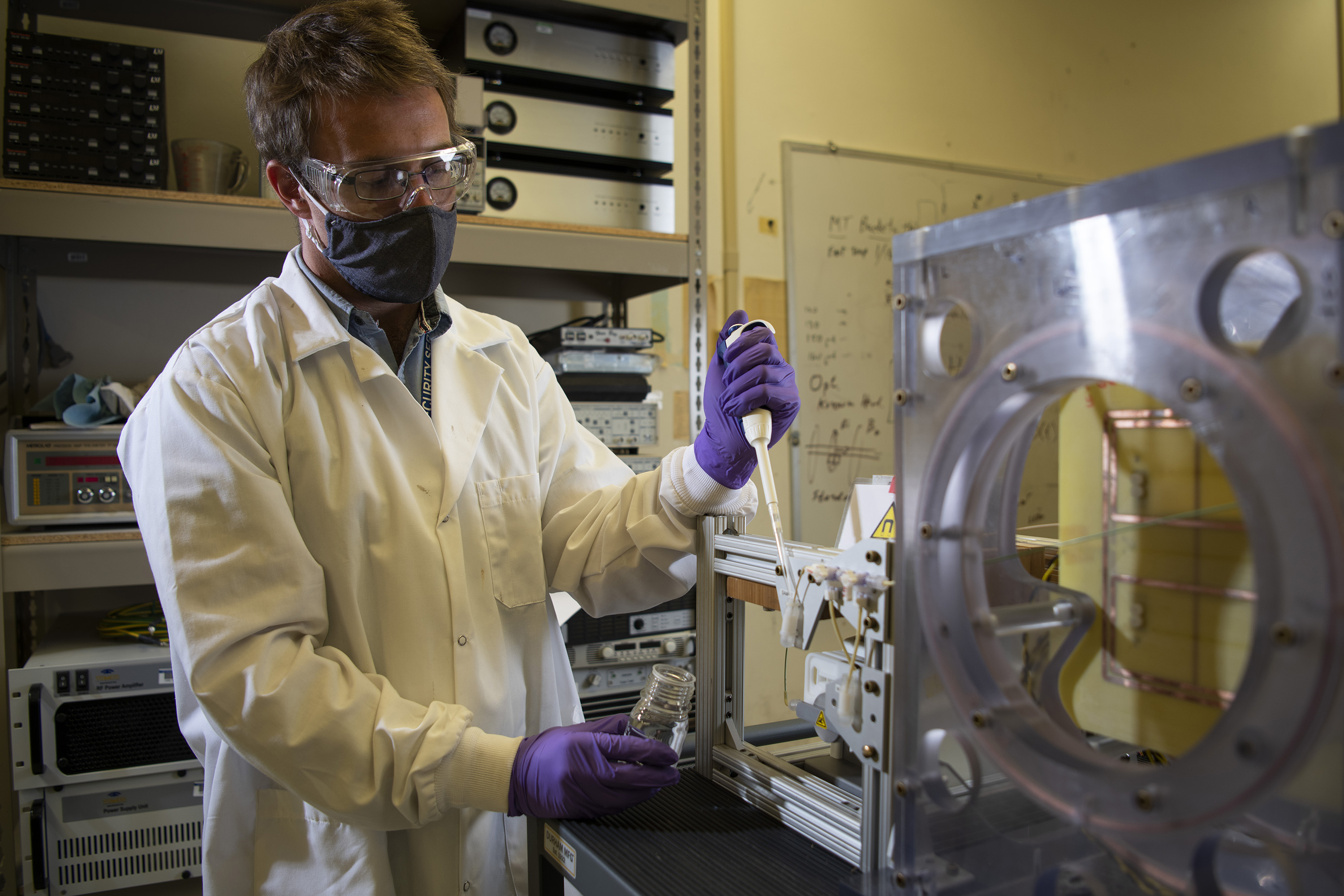
A Los Alamos National Laboratory-designed spectroscopy instrument allows scientists, industry, and governments to decipher even trace amounts of chemicals using the Earth’s own magnetic field.

COSMIC, a multipurpose X-ray instrument at Berkeley Lab’s Advanced Light Source, has made headway in the scientific community since its launch less than 2 years ago, with groundbreaking contributions in fields ranging from batteries to biominerals.
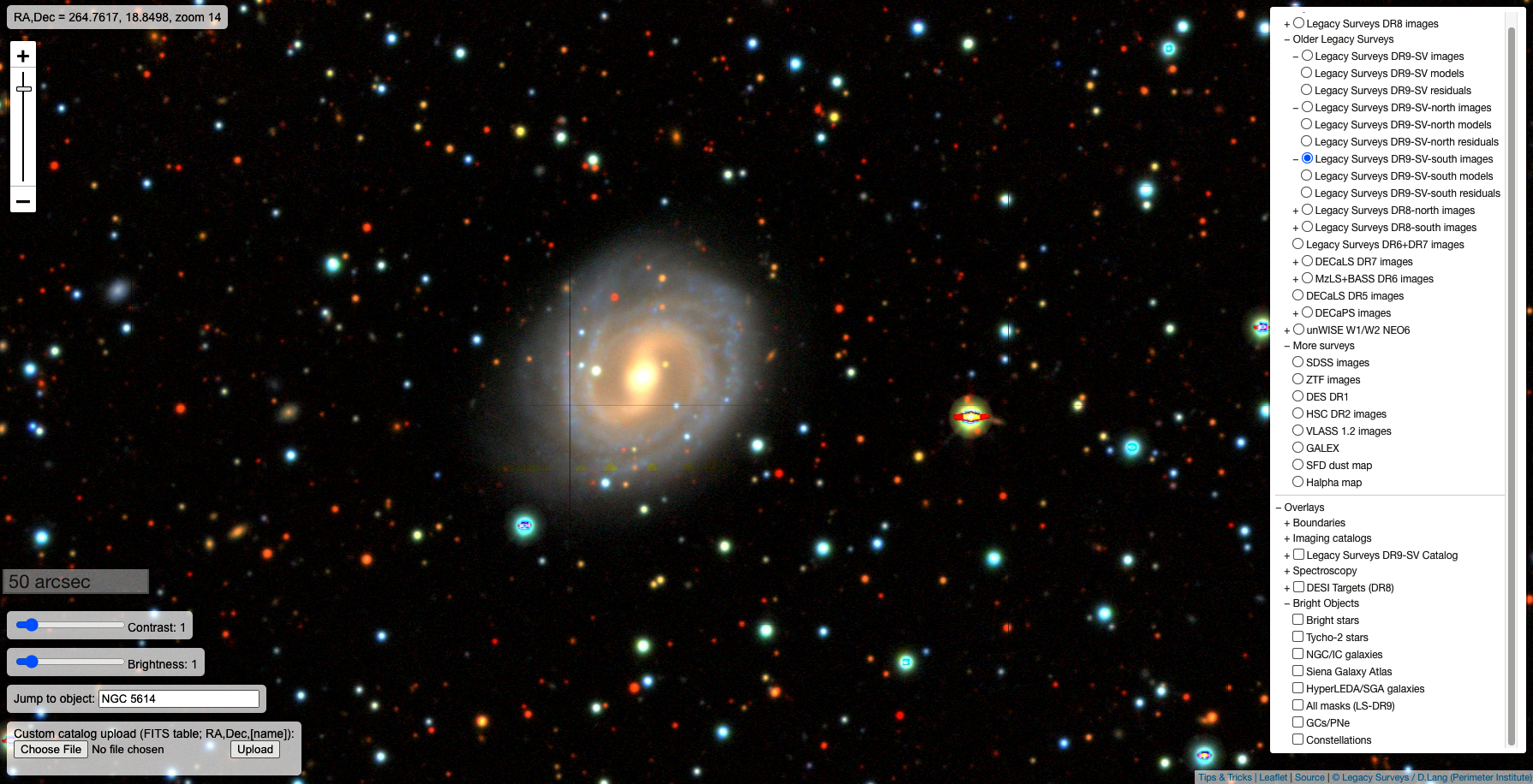
Before DESI, the Dark Energy Spectroscopic Instrument, can begin its 5-year mission from an Arizona mountaintop to produce the largest 3D sky map yet, researchers first needed an even bigger 2D map of the universe.
Applied physicist Watt W. Webb, the S.B. Eckert Professor of Engineering Emeritus at Cornell University and a pioneer in methods for imaging living biological systems, died Oct. 29 in New York City. He was 93.
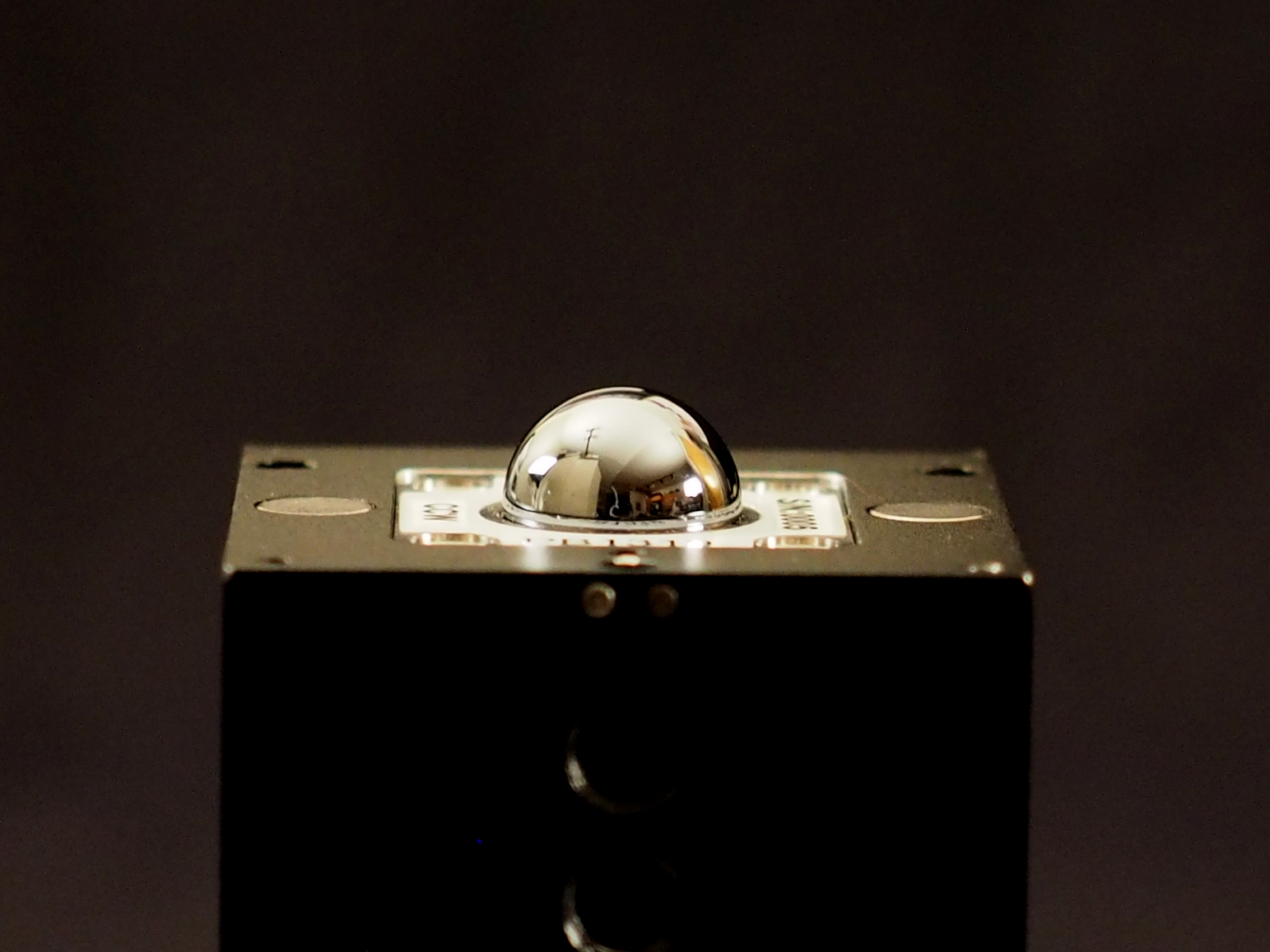
Bakman continues to expand the market for THz technology – focusing on economical, reliable, rugged, application-specific THz sensors.
A new three-dimensional map, built after decades of collecting and analyzing data from the skies, shows how the universe has changed and expanded over an 11-billion-year period. The map, published online late Sunday, is the largest 3D map of the universe ever created, and shows that about 6 billion years ago, the universe began accelerating more rapidly than it had in the 8 billion years that came before.

Adam Braunschweig—a CUNY ASRC associate professor—is a user at Brookhaven Lab’s Center for Functional Nanomaterials (CFN) studying how molecules in organic semiconductor thin films pack together.
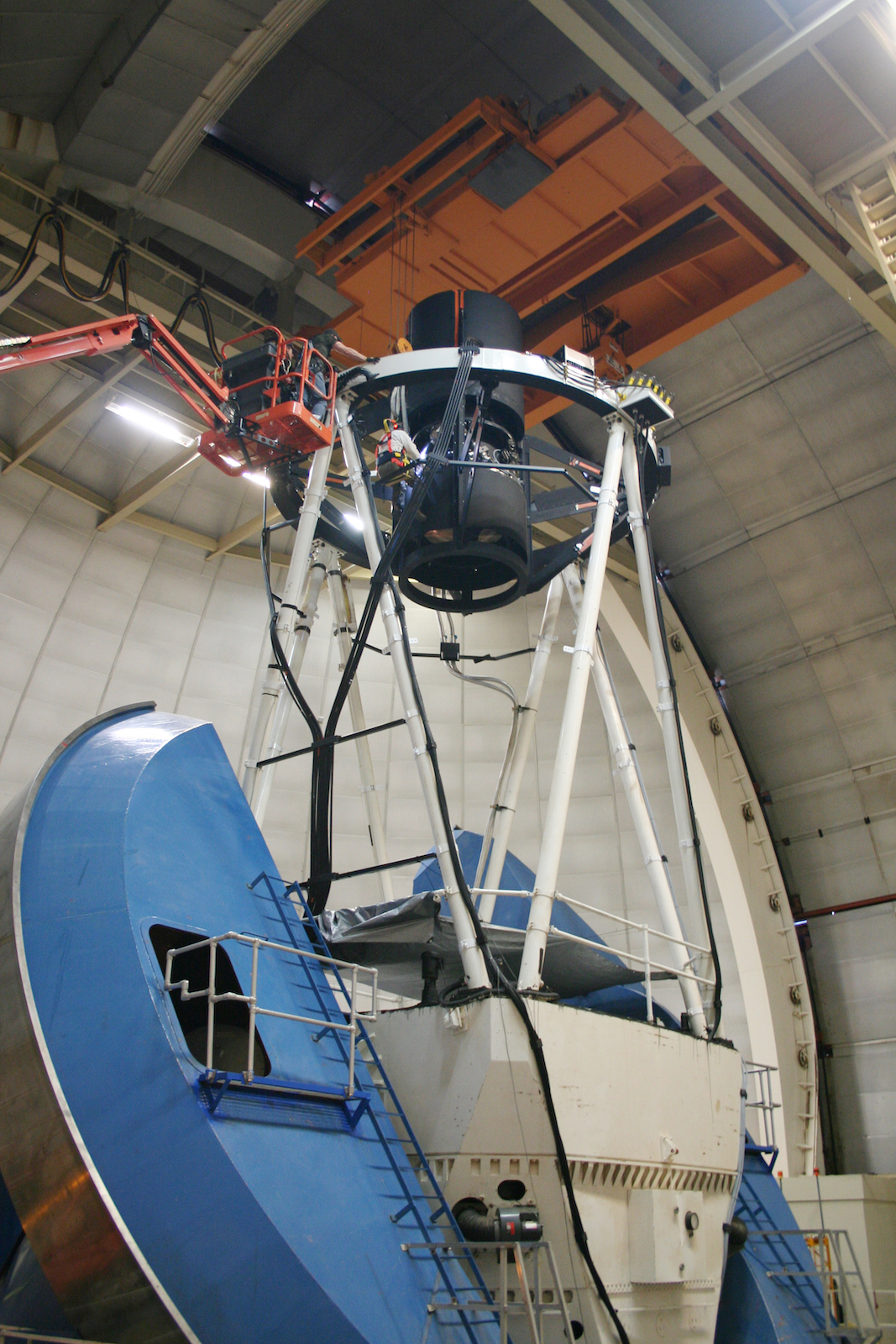
Even as the Dark Energy Spectroscopic Instrument, or DESI, lies dormant within a telescope dome on a mountaintop in Arizona, due to the COVID-19 pandemic, the DESI project has moved forward in reaching the final formal approval milestone prior to startup.
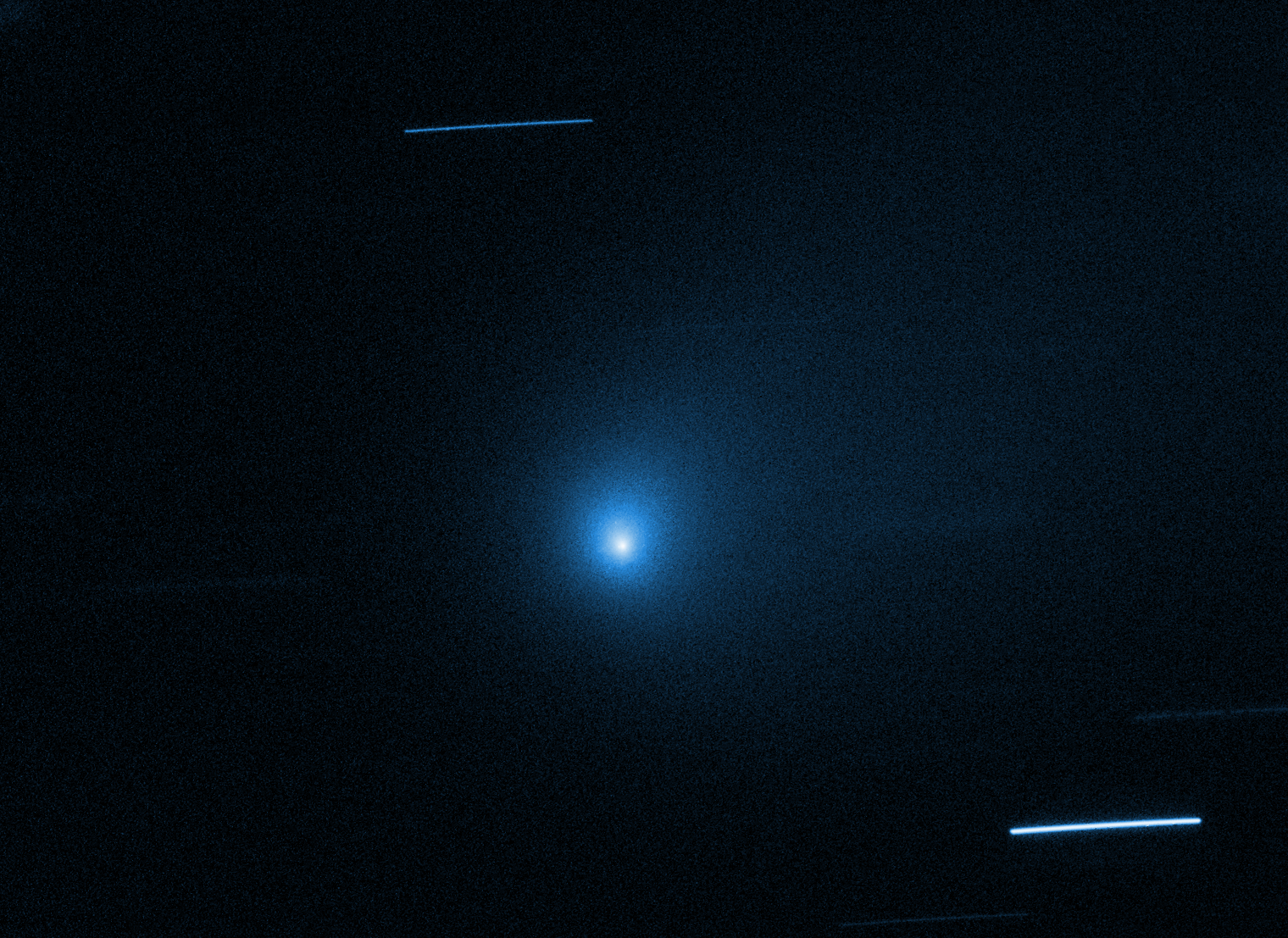
Zooming through space, the first bonafide interstellar comet discovered passing through our solar system is yielding chemical clues to its origin. An abundance of carbon monoxide contained in comet Borisov suggests it was born around a cool red dwarf star.
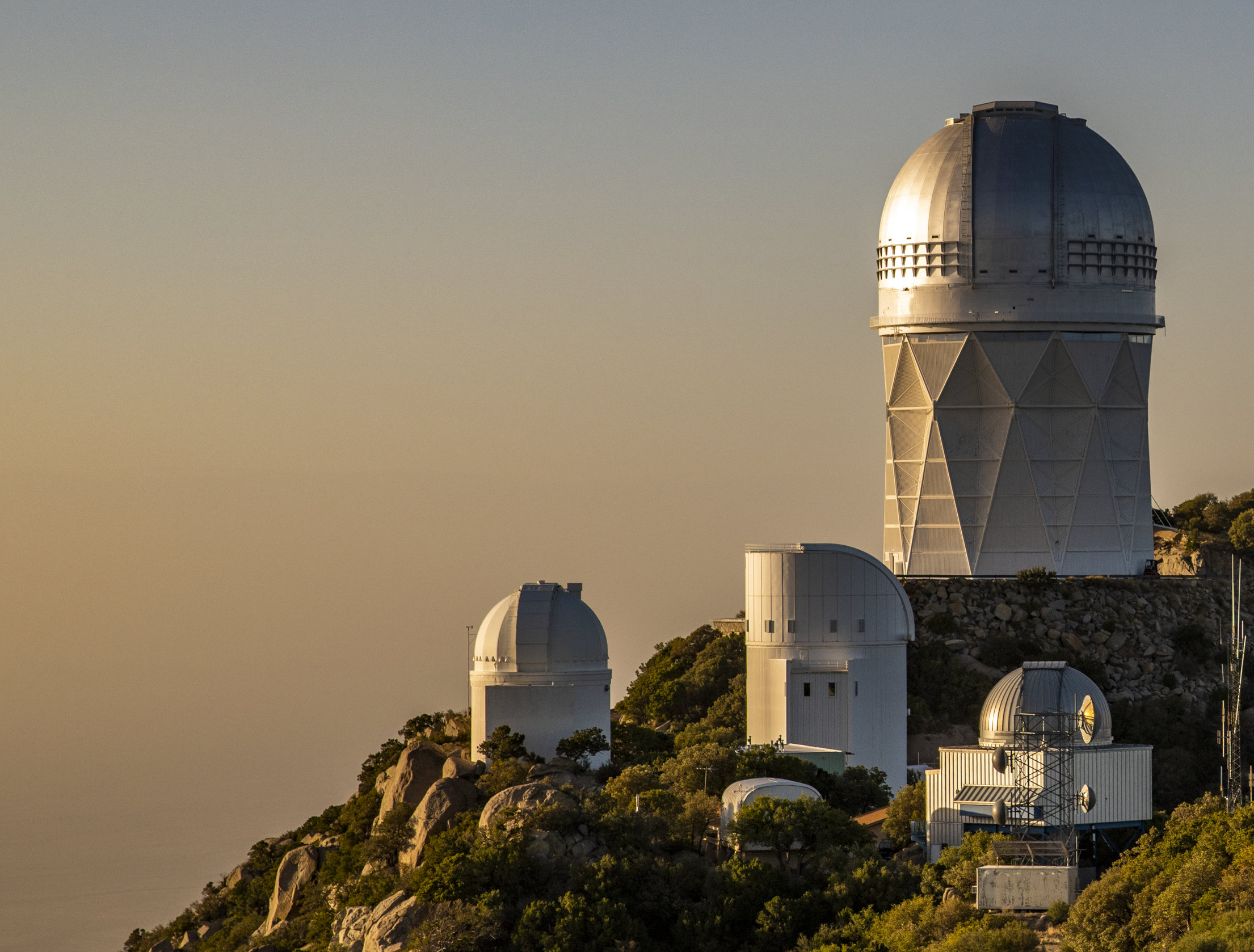
Members of the media are invited to attend a mid-April dedication of the Dark Energy Spectroscopic Instrument (DESI), which is scheduled to begin its five-year mission to construct a 3D map of the universe in the coming months.
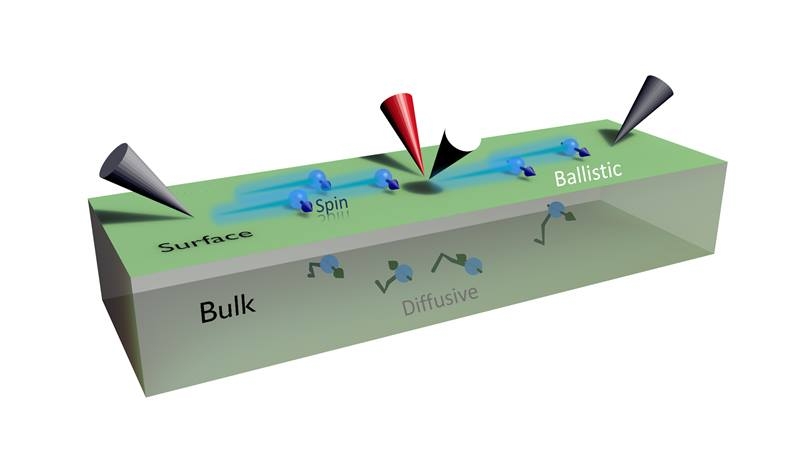
Scientists used unique scanning probe microscopy and spectroscopy techniques to control how electrons moved on the surface of a bismuth-based material (Bi2Te2Se).